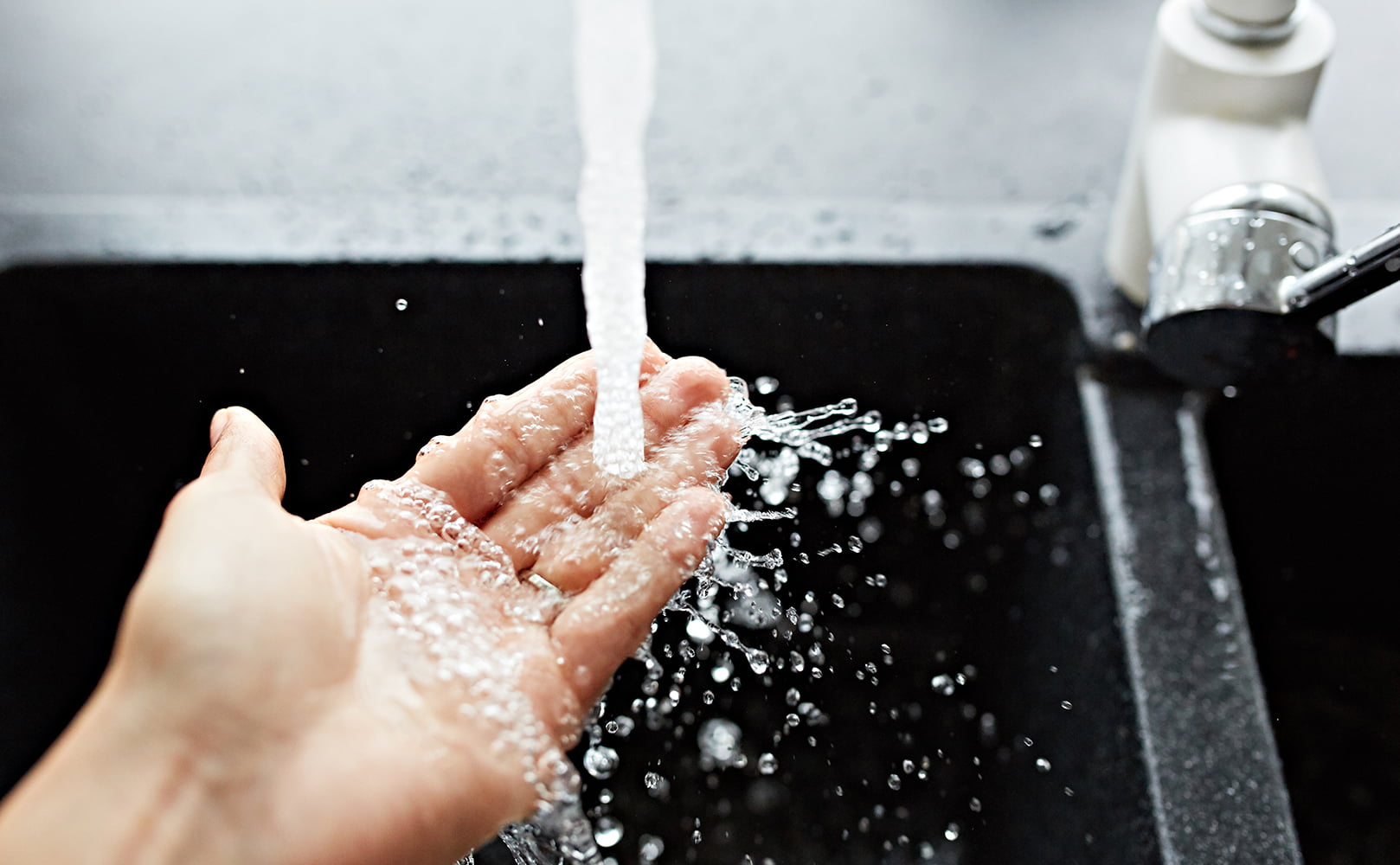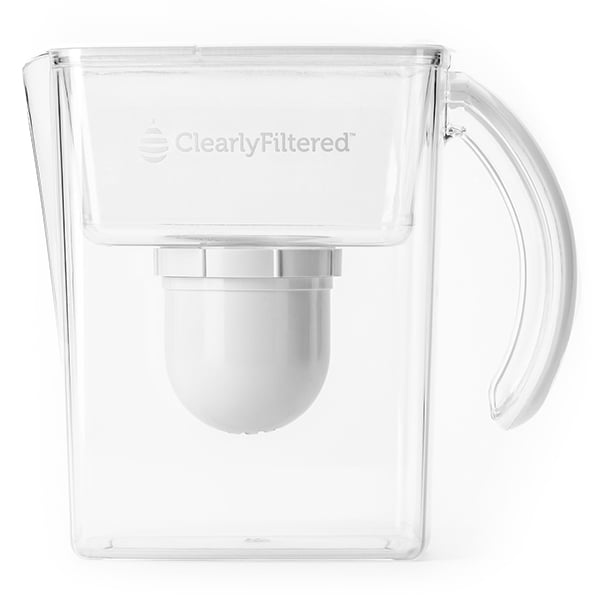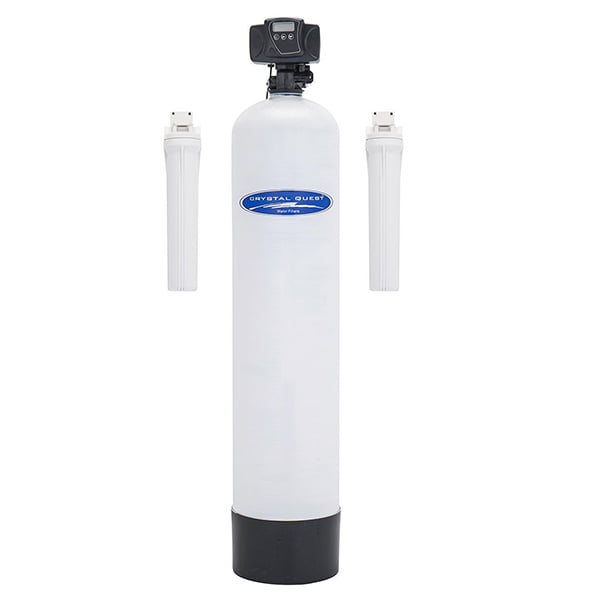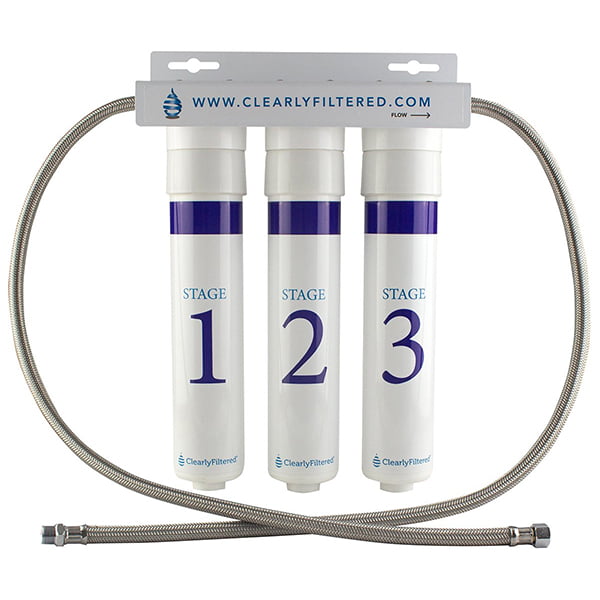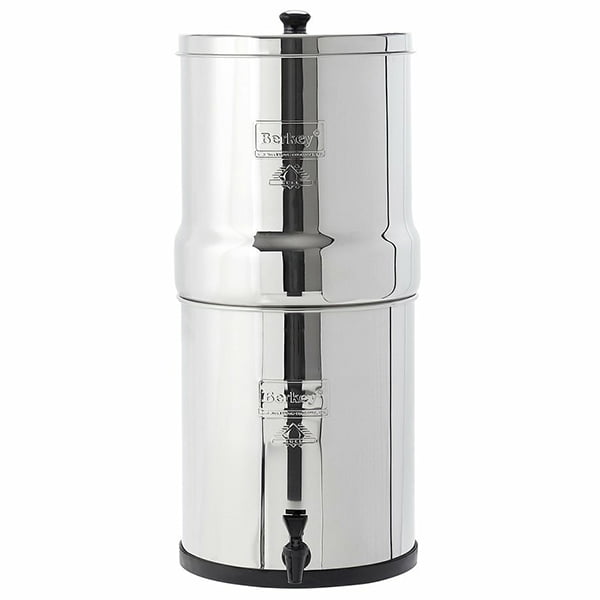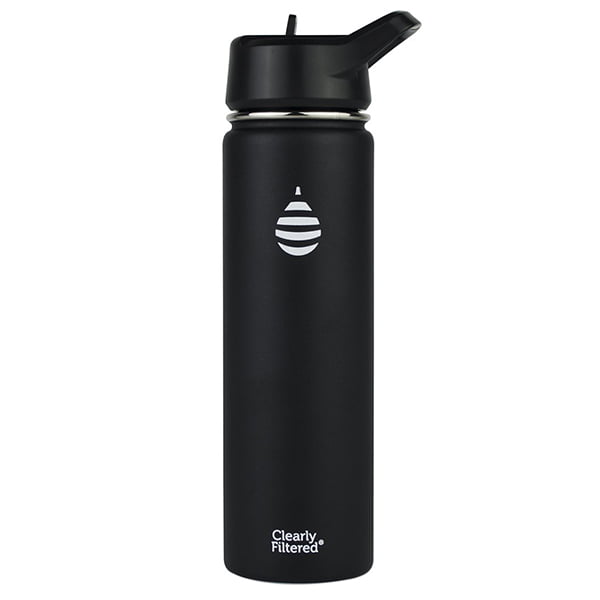How to Filter Fluoride Out of Water | Full Filtration Guide
Written by: Gene Fitzgerald // Last Updated: Aug 18, 2023
This page may contain affiliate links. If you buy a product or service through such a link we earn a commission at no extra cost to you. Learn more.
Drinking fluoridated water has its perks, but consuming too much fluoride can be a problem.
Filtering out fluoride from water is the best way to eliminate it, but you must choose the right filter.
This post will focus on how to filter fluoride from your water using water filters.
Key Takeaways
- You can filter fluoride out of your water using bone char and activated alumina filters.
- You can also remove fluoride from your water using water purification processes like distillation and reverse osmosis.
How to Filter Out Fluoride from Water
Filtration is one of the effective ways to remove fluoride from water, but not all filters work for fluoride removal. If you want to filter fluoride out of your water, you’ve got two practical options: activated alumina filters and bone char filters.
Bone Char
Bone char is a type of filter media made from grounded and carbonized animal bones. While activated carbon filters do not work for fluoride, bone char (carbon) is highly effective for filtering fluoride from water. Bone char also gets rid of some heavy metals.
Activated Alumina
You can also use activated alumina, a filter medium derived from aluminum hydroxide. Activated alumina filters remove fluoride from water, although their effectiveness can be affected by the water’s pH.
AA filters work optimally if the water pH is between five and six. But at a pH way higher or lower than that, activated alumina filters may remove only little fluoride from water.
Fluoride Water Purification
Apart from filtration, you can use these water purification methods to remove fluoride from your water:
Distillation
Distillation is the process of boiling water so that it evaporates and separates from contaminants. It’s an effective purification process that works for most contaminants and impurities, including fluoride.
This method is best for purifying water in small quantities. Although distillation is very effective, it is slow and impractical for large amounts of water.
Reverse Osmosis
Reverse osmosis purifies water by forcing it through a membrane with tiny pores. The pores block the passage of fluoride and other contaminants while clean water flows through freely.
Reverse osmosis removes about 90% fluoride from water and can work for large water batches.
Please note: Distillation and reverse osmosis are not categorized as filtration processes but effective purification methods for removing fluoride from water.
What Filter Systems Can Remove Fluoride from Water?
Besides the type of filter material they use (bone char vs activated alumina), water filters can also be classified based on their system type. Here are the filter systems that can remove fluoride from water:
Fluoride Water Filter Pitchers
Water filter pitchers are portable, jug-like devices that contain a filter element. The filter separates contaminants from the water you add into the pitcher.
Water pitchers are very easy to use; you just have to fill them with water and wait for it to flow through the filter cartridge.
If you need a pitcher that filters out fluoride, the Clearly Filtered is a great pick (more info). It removes up to 99.5% fluoride from water and many other contaminants according to standardized NSF testing.
Whole House Water Filters
Whole house systems remove fluoride from water right at the main water line so that only clean water flows in your home.
In our opinion, the leading whole house fluoride filter is the Crystal Quest (more info), a whole house system that can remove up to 95% fluoride. This filter can work perfectly without replacement for up to ten years because it has a filter capacity of about 1 million gallons.
The Crystal Quest filter uses a sediment pre-filter and a bone char carbon post-filter, helping you eliminate floating particles, chemicals, metals, fluoride, and many other water contaminants.
Countertop and Under Sink Filtering Systems
Countertop filters fit on kitchen cabinets, connect to the nearest water outlet, and filter out contaminants. Under sink filters, on the other hand, are fixed under kitchen sinks to filter water as it flows out the sink faucet.
The #1 under sink filter for fluoride removal is the Clearly Filtered 3-Stage System (more info). Its filtration performance is outstanding, removing over 230 contaminants, including fluoride. It meets NSF standards 42, 53, and 401, filtering over 90% fluoride out of water.
As an added advantage, the Clearly Filtered under sink system comes with a limited lifetime warranty!
Gravity Water Filters
These filter systems use gravity to separate contaminants from water. They work for fluoride and are a great filter choice when traveling or staying in a rented home. That’s because they are portable and need no electricity to work.
Our top pick for gravity water filters is the Big Berkey (more info). This filter can remove about 97% fluoride from water, especially when you combine it with the optional PF-2 fluoride filter elements.
Besides fluoride, Berkey gravity filters are also confirmed to remove microbes, heavy metals, VOC, and much more.
Filter Bottles
Filters bottles are water bottles that use a filter cartridge to prevent you from drinking contaminants. As long as they contain bone char or activated alumina, filter bottles can effectively remove fluoride.
An example is the Clearly Filtered Bottle (more info). This product filters about 99.5% fluoride from water — the highest reduction rate we’ve seen with filter bottles! Tested against NSF standards 42, 53, and 401, you can trust the Clearly Filtered bottle to provide clean, fluoride-free water on the go.
What Is Fluoride, and What Is It Used for?
Fluoride is the mineral form of fluorine. It is a naturally-occurring element that is usually found in water in minute amounts. Consuming appropriate amounts of fluoride makes the teeth stronger and more resistant to decay. It also improves bone and skeletal health.
However, the amount of fluoride naturally found in water cannot prevent tooth decay, so state or local water suppliers usually add fluoride to the community water.
Should You Even Filter Fluoride from Your Water?
Fluoride is beneficial only when you consume it in appropriate amounts. In drinking water, the Public Health Service (PHS) has set the recommended fluoridation level to 0.7 mg/L.
Now the thing is, canned foods, toothpaste, coffee, and other stuff that an average US resident consumes daily may already provide more than the set fluoride level. So, if you add drinking fluoridated water to the list, you could be taking an overdose of fluoride. So even though community water suppliers add fluoride to water with “good intentions,” it might be counterproductive.
Potential Health Effects of Fluoride
If you consume fluoride in excessive amounts, you are putting yourself at risk:
Thyroid and Neurological Problems
The thyroid produces hormones that control your body’s use of energy. Consuming excess fluoride can disrupt the thyroid’s work, causing symptoms like tiredness, excessive weight gain, and alopecia.
Fluoride may also cause neurological problems, especially for kids. It can contribute to lower IQ, Attention Deficit Hyperactivity Disorder (ADHD), and low brain function. In some cases, it may affect one’s ability to sleep.
Fluorosis
The most common health effect of too much fluoride is fluorosis, especially dental fluorosis. The history of fluoridation in the USA dates back to a dentist noticing that kids in a particular community had discolored and disfigured teeth. That condition existed because the residents consumed extremely high amounts of fluoride from their drinking water.
Fluoride overconsumption can also cause skeletal fluorosis, where bones and major body joints become stiff and experience extreme pain that may lead to disability.
Other Ways to Reduce Your Fluoride Exposure
Apart from filtering fluoride out of your water, you can also reduce your fluoride intake by practicing these tips:
- Avoid inorganic vegetables; they often contain fluoride as a pesticide. Stick to organic fruits and vegetables.
- Using toothpaste that does not contain fluoride. But this is not always a wise choice, so it’s best to consult your dentist before making a decision.
- Avoid processed foods as much as you can; they can contain a high level of fluoride. Take fresh meals as often as possible and reduce your processed foods intake to the barest minimum.
- Ensure that your bottled water does not contain fluoride by checking the product label before buying.
- Take fluoride-free medicines and supplements. You may want to talk to your doctor about your prescription preferences.
- Avoid Teflon-made cooking utensils. Teflon contains fluorine, so it may also contribute to fluoride exposure.
If you have any questions about how to filter fluoride out of water please don’t hesitate to leave a comment below!
Information provided on BOS is for educational purposes only. The products and services we review may not be right for your individual circumstances.
We adhere to strict editorial guidelines. Rest assured, the opinions expressed have not been provided, reviewed, or otherwise endorsed by our partners – they are unbiased, independent, and the author’s alone. Our licensed experts fact-check all content for accuracy. It is accurate as of the date posted and to the best of our knowledge.

